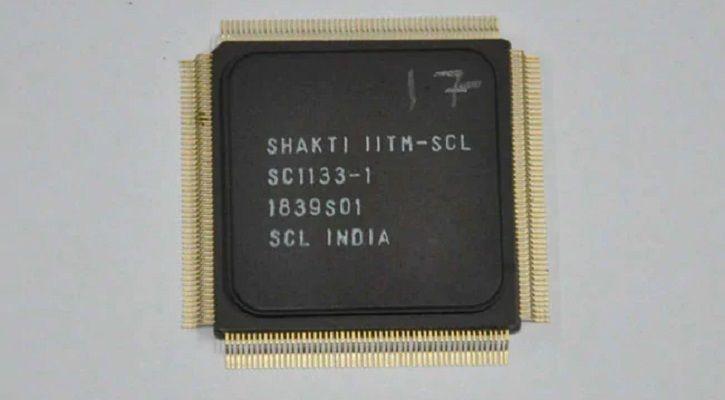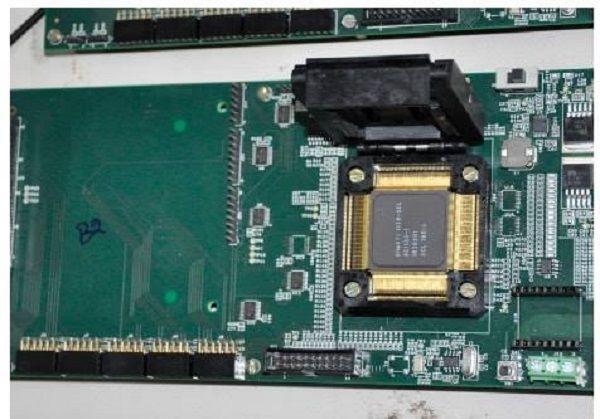Well, IIT Madras has now released the software development kit (SDK) for Shakti processor. Additionally, IIT Madras has also confirmed that the development board will also be released soon. So here’s everything you need to know about the different classes of Shakti processor.
Shakti Processors: Different Classes
The team of engineers known as the RISE group had started working on the Shakti project back in the year 2016. RISE group has finally come up with six different classes of processors. These processors are dedicated to different markets and users.
Rise group has also claimed that Shakti Processor will compete with industry-leading processors in terms of area, performance, and power consumption. It is worth noting that these processors were fabricated at the Indian Space Research Organisation’s (ISRO) Semi-Conductor Laboratory in Chandigarh, which makes them a made in India product. Presently there are six different classes of processors, namely E-class, C-class, I-Class, M-class, S-Class, and H-Class. As mentioned earlier, these different classes of processors are dedicated to different uses. The E-class is a 3-stage in-order processor, and it is targeted at embedded devices. On the other hand, C-class is a 32-bit 5 stage in-order microcontroller-class of processors supporting 0.2-1 GHz clock speeds. Since C-class processors are low power profile processors, they are highly power efficient.
The I-class is 64-bit out-of-order processor that supports 1.5-2.5 GHz clock speeds and support for multi-threading. They are perfect for mobile, storage, and networking applications. As the name of the M-Series suggests, these are multi-core processors, and they support up to eight CPU cores. The S-class processors are aimed at the workstation and server-type workloads. Lastly, the H class processor is for high-performance computing and analytics workloads. We can expect the entire Shakti processors lineup to be available for commercial usage in upcoming years. Do share your thoughts and opinions on Shakti processors in the comments section below.

